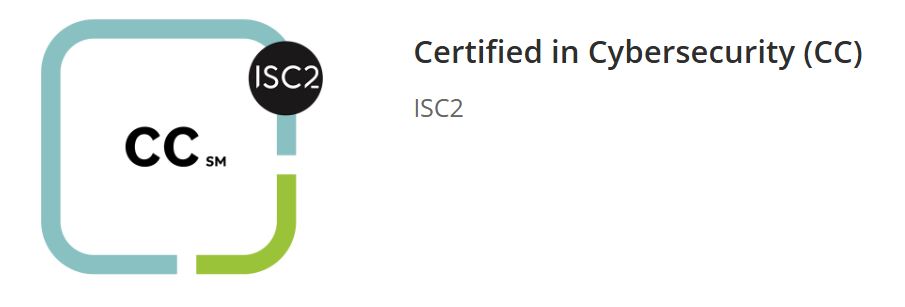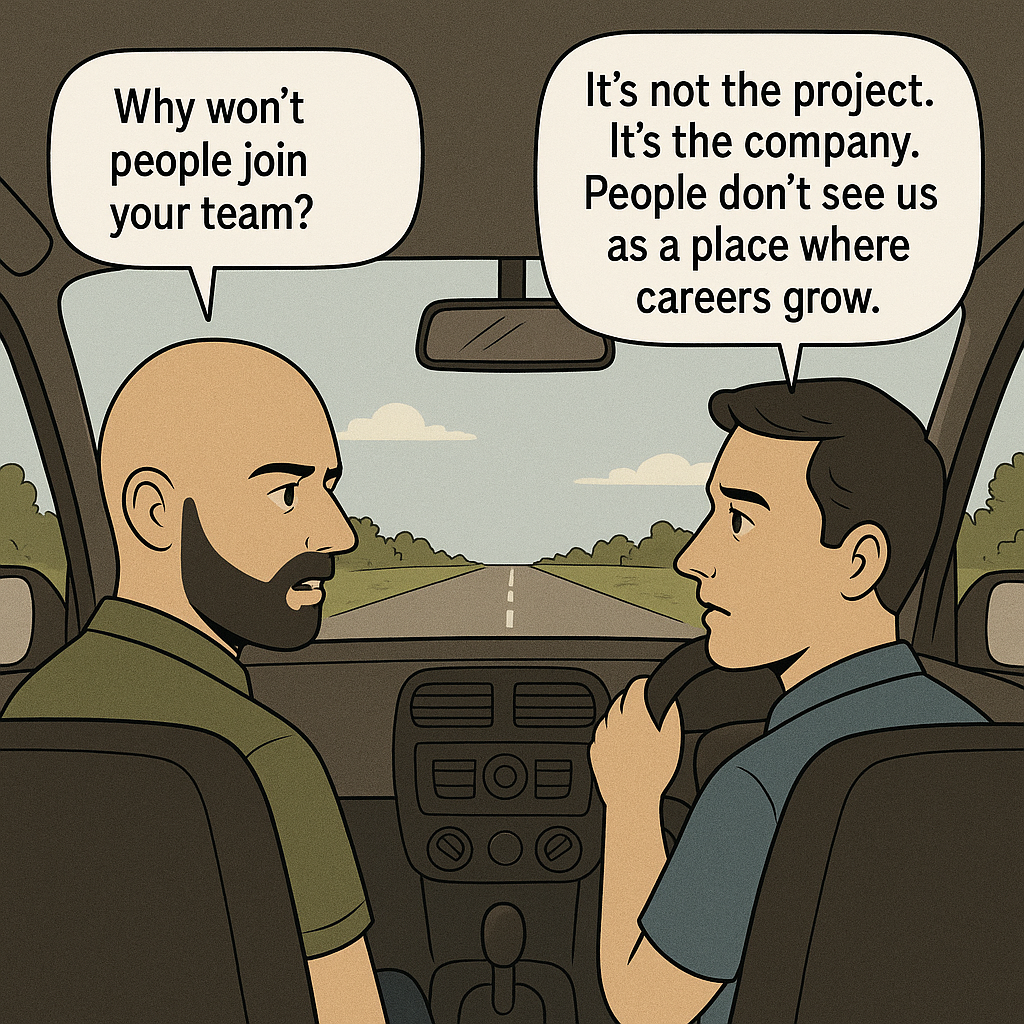Leadership
- Microsoft Azure Architect Technologies
- Microsoft Azure Architect Design
- Microsoft Azure Security Technologies
- To be a successful investor, you need to understand just two things:
- What to buy (depends on your ability to do fundamental analysis)
- When to buy and When to sell (depends on your ability to do technical analysis)
- Read the balance sheet of the company before investing in. Ensure the company is not violating fundamental rules of good finance management. (this is also useful to make career decisions either to join or leave the company)
-
Dopamine - The MOTIVATIONAL chemical
-
Oxytocin - The CONNECTION chemical
-
Serotonin - The MOOD & ENERGY chemical
-
Endorphins - The DE-STRESSING chemical
- Win fast. Win hard. Win at all costs.
- Efficiency is everything. Drive the team like an engine on max throttle—results over relationships.
- It’s about hierarchy, competition, and stories of lone heroes rising above the rest.
- There’s praise, yes—but it’s often delivered by contrasting one teammate as “brilliant” by calling another “not good enough.” The goal? Inspire through comparison. Motivate through fear of inadequacy.
- Pacing matters. Shared progress. Winning together.
- Effectiveness over frenzy. Use the car only when needed—not just because we paid for it.
- Here, growth isn’t measured just in revenue or headcount, but in how much people actually want to come to work.
- There are no whispered stories of who’s underperforming. Instead, leaders work hard to make everyone’s strengths visible and valued.
When Data Scientists Met AI Engineers
 A few weeks ago, I attended an event called "Future Leaders - Alumni Network" in London and since then I've been left disturbed.
A few weeks ago, I attended an event called "Future Leaders - Alumni Network" in London and since then I've been left disturbed.
At one point, the discussion was about:
“How exactly will AI impact jobs and society?”
I realised that, despite being able to sketch on a whiteboard how GenAI, RAG, the WINS framework, and Agentic AI all work — and even why CxOs are drawn to these technologies — I couldn’t give a clear, academically grounded answer to that question.
But this week, whilst enjoying the half-term break from day job, I discovered Paul Krugman’s “Hot Dog and Bun” thought experiment.
Krugman’s Hot Dog and Bun Thought Experiment
Imagine an economy that produces only two things: hot dogs and buns. Each hot dog requires exactly one bun. They are perfect complements.
Suppose both sectors employ 100 workers, each producing 100 units a day — 10 000 hot dogs and 10 000 buns. Output is perfectly matched, labour fully employed, and wages equal across both industries.
Now imagine a technological improvement doubles productivity in the hot-dog sector. With the same 100 workers, it can produce 20 000 sausages.
From Data Solutions Architecture to Cybersecurity: A Journey of Continuity, Not Transition

My first foray into Application Security dates back to 2003, when I developed the Authentication and Authorization module for an ASP.NET 1.0 web application used by the State of Maine’s Center for Disease Control & Prevention for Breast and Cervical Health Screenings. That early responsibility—designing secure password storage mechanisms and implementing encryption—instilled in me the fundamental principles of security-by-design. It also gave me an enduring appreciation for the importance of protecting data at its very source.
In the years that followed, across the various public-facing websites I built and maintained, the OWASP Top 10 remained my trusted reference for web application security. Yet, it wasn’t until March 2019 that I became formally embedded within a Cyber Security division of a multinational enterprise. There, I gained a deeper appreciation of cybersecurity at scale—particularly in the context of securing global digital estates.
My team’s focus on Vulnerability Identification exposed me to one of the classic challenges in cybersecurity: asset discovery. Applying my Data Lake Strategy expertise, I helped create a security-tool-agnostic “Know Your Estate” solution, enabling visibility across thousands of assets. By leveraging “heartbeats” from multiple systems, we were able to establish a truthful and dynamic view of active hosts, forming the foundation for measuring coverage of intrusion detection systems such as CrowdStrike, Qualys, and Microsoft Defender.
A security consultant and close friend later told me that such innovation—bridging data architecture with security operations—was rare, as many enterprises focus mainly on compliance. That observation became a turning point, inspiring me to specialize further in cybersecurity while continuing to operate as a Cloud and Data Solution Architect.
To formalize this growing expertise, I pursued and earned a series of Microsoft certifications between 2020 and 2021, including:
From 2022 to 2024, while serving in senior leadership roles, my involvement deepened to encompass the implementation of security controls across the organisation. This extended beyond technical measures such as tenant-level IAM tightening to include process-level initiatives—for example, Cyber Awareness Training for Joiners and Movers and Attack Simulation exercises using Microsoft Defender.
My most comprehensive cybersecurity experience came during my tenure as Chief Technology Officer (CTO), where I led the organisation’s journey toward ISO/IEC 27001 certification. The one-year preparation involved drafting and operationalizing numerous security policies and procedures, embedding core security principles into every layer of the business. This culminated in the company achieving full ISO 27001 certification—a defining milestone that validated both our practices and my understanding of cybersecurity governance.
Having accumulated practical, leadership-level experience in implementing and governing cybersecurity programs, I felt it was time to formalize my expertise through professional certification. This led to my successful completion of the (ISC)² Certified in Cybersecurity (CC) certification—an important step in consolidating my knowledge and aligning it with globally recognized standards.
Whist I am continuing to architect, implement and deliver big-data scale data solutions for AppSec, my goal is to progress toward the CISSP certification, not as a career shift, but as a natural evolution of my ongoing journey—integrating data, cloud, and cybersecurity into a cohesive discipline aimed at securing information systems holistically.
Flirting with Stocks

Finished reading: Flirting with Stocks by Anil Lamba 📚
Two important take aways:
The DOSE Effect

Finished reading: The DOSE Effect by Tj Power 📚
The four chemicals:
Why India’s IT Talent Is Trapped: A Conversation That Got Me Thinking

Friend: “I can’t find the right people for my team. It’s a niche project—cutting-edge stuff. You’d think engineers would jump at this. But no one’s interested.”
Me: “That’s surprising. Especially in your company. It’s huge. What’s the problem?”
Friend (sighing): “Exactly that. The company. People associate us with routine, not innovation. Even when the project is exciting, the company brand turns them off.”
Me: “Isn’t that fixable? Can’t you directly reach out to candidates and explain the project?”
Friend: “I wish. All hiring is centralised. I’m stuck with standard Job Descriptions. By the time they reach candidates, it’s like Chinese whispers. The uniqueness of the project is lost.”
Me: “Sounds like a brand problem, not a project problem.”
How I Avoided Being a Bad Exec by Respecting the Maker’s Schedule

One article I keep going back to — and often ask my teams to read — is Paul Graham’s “Maker’s Schedule, Manager’s Schedule.” It’s not just a great read; it’s a lens through which I view how to build and work within teams.
Whenever I form a new team for a project, I start by requesting everyone to read this article. It’s more than an ice-breaker — it sparks conversations that define how we work together. Even when I’m not leading the team, I’ve often asked my pair programmer to read it, just so we’re aligned in our daily rhythms.
The essence of the article?
Makers need long, uninterrupted blocks of time to get meaningful work done. Managers work in meetings and context switching. Trying to do both simultaneously compromises both roles.
This Microbit Didn’t Spark a Tech Career — It Prevented One

A few weeks ago, my friend from USA reached out to me with a dilemma. He wanted to support a young man’s further education — someone from a small town in South India — but there was a twist. This young person had a Bachelor’s degree in Commerce but was now insistent that his future lay in IT.
My friend was unconvinced. And honestly, I was equally puzzled.
We decided to speak with the young man over a video call to understand what drove this sudden pivot. The call didn’t offer much clarity. All we got was a strong sense of his “passion” for IT — but not much depth on why he felt this way. There was no clear articulation of what aspect of IT excited him, no tangible examples, and no signs of experience or experimentation.
Luckily, a few days later, my friend got the opportunity to meet him in person in Bangalore. When I also happened to be in Bangalore the following week, we compared notes. My friend’s impression hadn’t changed much — he still felt the young man was directionless and was wasting his solid foundation in commerce. He urged him to consider an MBA instead of an MCA (Master’s in Computer Applications).
We were stuck — at a decision point, and the application deadlines for both courses were fast approaching.
That’s when we decided to test the hypothesis.
What a Barista Who Couldn’t Speak Taught Me About Leadership

I’ve been coming to the same Starbucks in Kalyan Nagar, Bangalore, since the day it opened about three years ago. While many think of coffee shops as noisy or distracting, this space has been my sanctuary for focused work and original thinking. It’s the closest I can get to a non-home environment that allows deep reflection.
Over time, I’ve seen this store evolve like a finely tuned instrument. Operations run like clockwork now—orders are fast, the atmosphere is clean, and the staff are always warm and efficient. But it was only recently that I began noticing something much more profound—something about culture, leadership, and humanity.
Here are three takeaways that made me see this Starbucks not just as a coffee shop, but as a quiet masterclass in leadership.
The Courage to Be Happy

Finished reading: The Courage to Be Happy by Ichiro Kishimi 📚
My fav topics
Life begins from incompleteness Civilisation is a product of the need to compensate for the biological weakness of the human being, and the history of the human race is the history of triumphing over its inferiority.
How many close friends do you have You cannot talk frankly about everything with a normal friend? Why can’t you take off the mask when you are with a “normal” friend.
From an ‘Art of Being Loved’ towards an ‘Art of Loving’ It is difficult to be loved by another person. But loving another person is a task of far greater difficulty
Race vs. Marathon: The Two Leaders I've Chosen

In my career, I’ve had the rare opportunity to experience two vastly different types of leadership. They’ve left such a deep impression that I now see them not just as management styles, but as philosophies of life.
Picture this.
One type of leader treats the workplace like a race.
The other treats work like a marathon.
The Courage to Be Disliked

Finished reading: The Courage To Be Disliked by Ichiro Kishimi 📚
Some of my fav bits of wisdom from the book:
You’re the only one worrying about your appearance
Philosopher: Earlier didn’t your say, “I can’t celebrate other people’s happiness with all my heart'? You think of interpersonal relationships as competition; you perceive other people’s happiness as ‘my defeat’ and that is why you can’t celebrate it.
Overcoming the tasks that face you in life
Philosopher: The interpersonal relationships that a single individual has no choice but to confront when attempting to live as a social being - these are the life tasks. They are indeed tasks in the sense that one has no choice but to confront them. Philosopher: First, let’s look at the tasks of work. Interpersonal relationships of work have the easy-to-understand common objective of obtaining good results, so people can cooperate even if they don’t always get along, and to some extent they have not choice but to cooperate. And as long as a relationship if formed solely on the basis of work, it will go back to being a relationship with an outsider when working hours are over or one changes jobs.
How to separate tasks
Philosopher: One does not intrude on other people’s tasks. That’s all. Youth: Hmm. I don’t really get it. In the first place, how can you tell whose task it is? Philosopher: There is a simple way to tell whose task it is. Think, Who ultimately is going to receive the end result brought about by the choice that is made?
A KISS Wedding: A Refreshing Reminder of the Power of Simplicity
The Hidden Trap of "Growth for Growth's Sake": Why Scaling Too Fast Sinks Start-ups (and How to Avoid It)

A founder recently asked me how to structure their new consulting firm: “Should I build a marketing team, sales team, and delivery team from day one?” My immediate thought: Bhai, why? When pressed, they admitted they hadn’t considered how this structure would generate revenue—they just assumed it was “what businesses do.” This mindset, coupled with a story from my past, reveals a critical blind spot: scaling fixed costs without a revenue-driven strategy is like building a palace on quicksand.
Let’s grab a chai and dissect why this happens.
Part 3: Offshoring Is a Business Model—Not a Cost-Cutting Exercise
 > _"Startups build for scale. Consulting firms often build for speed—until they hit a wall."_
> _"Startups build for scale. Consulting firms often build for speed—until they hit a wall."_
I’ve seen it too many times.
In Part 1, I explained why consultants get laid off even when revenue is good.
In Part 2, I showed how a hybrid offshore-onsite model gives companies more time before resorting to cuts.
Now let’s talk about what many leaders get wrong—when and why they introduce offshoring.
Because here’s the truth:
By the time you’re scrambling to “cut costs,” it’s already too late to build culture, delivery maturity, or trust offshore.
That’s not offshoring. That’s damage control.
Part 1: Why Am I Being Made Redundant? Understanding The Consulting Business Model

When I asked my friend:
“Do you know the business you’re in?”
He paused, then said, “I’m a data scientist. Why should I worry about that?”
That’s when I realised: most people working in consulting don’t actually understand the business model they’re part of. They’re brilliant in their domains—data, design, software, delivery—but they operate without context on how their company earns revenue or why layoffs really happen.